
李群结构和李群几何(英文版)9787510098468
正版图书,可开发票,请放心购买。
¥ 76.65 7.8折 ¥ 98 全新
仅1件
广东广州
认证卖家担保交易快速发货售后保障
作者(德)希尔格特
出版社世界图书出版公司
ISBN9787510098468
出版时间2015-07
装帧其他
开本其他
定价98元
货号3526101
上书时间2024-07-30
- 店主推荐
- 最新上架
商品详情
- 品相描述:全新
- 商品描述
-
目录
Introduction
1.1 Teaching Suggestions
1.2 l.lndamental Notation
Part Ⅰ Matrix Groups
Concrete Matrix Groups
2.1 The General Linear Group
2.2 Groups and Geometry
2.3 Quaternionic Matrix Groups
3 The Matrix Exponential Function
3.1 Smooth Functions Defined by Power Series
3.2 Elementary Properties of the Exponential Function
3.3 The Logarithm Function
3.4 The Baker-Campbell-Dynkin-Hausdorff Formula
4 Linear Lie Groups
4.1 The Lie Algebra of a Linear Lie Group
4.2 Calculating Lie Algebras of Linear Lie Groups
4.3 Polar Decomposition of Certain Algebraic Lie Groups
Part Ⅱ Lie Algebras
5 Elementary Structure Theory of Lie Algebras
5.1 Basic Concepts
5.2 Nilpotent Lie Algebras
5.3 The Jordan Decomposition
5.4 Solvable Lie Algebras
5.5 Semisimple Lie Algebras
5.6 The Theorems of Levi and Malcev
5.7 Reductive Lie Algebras
6 Root Decomposition
6.1 Cartan Subalgebras
6.2 The Classification of Simple sl2(K)-Modules
6.3 Root Decompositions of Semisimple Lie Algebras
6.4 Abstract Root Systems and Their Weyl Groups
7 Representation Theory of Lie Algebras
7.1 The Universal Enveloping Algebra
7.2 Generators and Relations for Semisimple Lie Algebras
7.3 Highest Weight Representations
7.4 Ado's Theorem
7.5 Lie Algebra Cohomology
7.6 General Extensions of Lie Algebras
Part Ⅲ Manifolds and Lie Groups
8 Smooth Manifolds
8.1 Smooth Maps in Several Variables
8.2 Smooth Manifolds and Smooth Maps
8.3 The Tangent Bundle
8.4 Vector Fields
8.5 Integral Curves and Local Flows
8.6 Submanifolds
9 Basic Lie Theory
9.1 Lie Groups and Their Lie Algebras
9.2 The Exponential Function of a Lie Group
9.3 Closed Subgroups of Lie Groups and Their Lie Algebras
9.4 Constructing Lie Group Structures on Groups
9.5 Covering Theory for Lie Groups
9.6 Arcwise Connected Subgroups and Initial Subgroups
10 Smooth Actions of Lie Groups
10.1 Homogeneous Spaces
10.2 Frame Bundles
10.3 Integration on Manifolds
10.4 Invariant Integration
10.5 Integrating Lie Algebras of Vector Fields
Part Ⅳ Structure Theory of Lie Groups
11 Normal Subgroups, Nilpotent and Solvable Lie Groups
11.1 Normalizers, Normal Subgroups, and Semidirect Products
11.2 Commutators, Nilpotent and Solvable Lie Groups
11.3 The Automorphism Group of a Lie Group
12 Compact Lie Groups
12.1 Lie Groups with Compact Lie Algebra
12.2 Maximal Tori in Compact Lie Groups
12.3 Linearity of Compact Lie Groups
12.4 Topological Properties
13 Semlsimple Lie Groups
13.1 Cartan Decompositions
13.2 Compact Real Forms
13.3 The Iwasawa Decomposition
14 General Structure Theory
14.1 Maximal Compact Subgroups
14.2 The Center of a Connected Lie Group
14.3 The Manifold Splitting Theorem
14.4 The Exponential Unction of Solvable Groups
14.5 Dense Integral Subgroups
14.6 Appendix: Finitely Generated Abelian Groups
15 Complex Lie Groups
15.1 The Universal Complexification
15.2 Linearly Complex Reductive Lie Groups
15.3 Complex Abelian Lie Groups
15.4 The Automorphism Group of a Complex Lie Group
16 Linearity of Lie Groups
16.1 Linearly Real Reductive Lie Groups
16.2 The Existence of Faithful Finite-Dimensional Representations
16.3 Linearity of Complex Lie Groups
17 Classical Lie Groups
17.1 Compact Classical Groups
17.2 Noncompact Classical Groups
17.3 More Spin Groups
17.4 Conformal Groups
18 Nonconnected Lie Groups
18.1 Extensions of Discrete Groups by Lie Groups
18.2 Coverings of Nonconnected Lie Groups
18.3 Appendix: Group Cohomology
Part V Appendices
A Basic Covering Theory
A.1 The Fundamental Group
A.2 Coverings
B Some MultUinear Algebra
B.1 Tensor Products and Tensor Algebra
B.2 Symmetric and Exterior Products
B.3 Clifford Algebras, Pin and Spin Groups
C Some Functional Analysis
C.1 Bounded Operators
C.2 Hilbert Spaces
C.3 Compact Symmetric Operators on Hilbert Spaces
D Hints to Exercises
References
Index
内容摘要
希尔格特所著的《李群结构和李群几何(英文版)》介绍了李群及其在流形上的作用,它受到广大数学家和学生的喜爱。 该书是在作者1991年写的教材Lie-GruppenundLie-Algebren的基础上,介绍了李群的基本原理,书中增加了其过去近20年的教学和研究工作编著的,并且着重强调了微分几何在该领域
中的作用。该书内容丰富,书中大量的练习和选用的提示为学生提供了充分的学习指引。
相关推荐
— 没有更多了 —


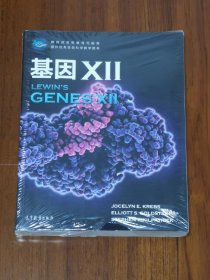
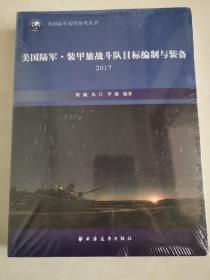
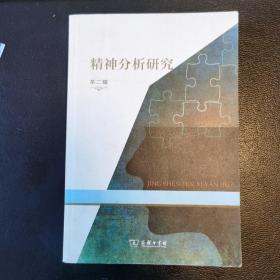




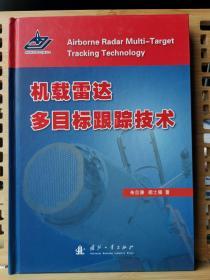
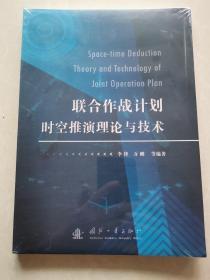




















以下为对购买帮助不大的评价